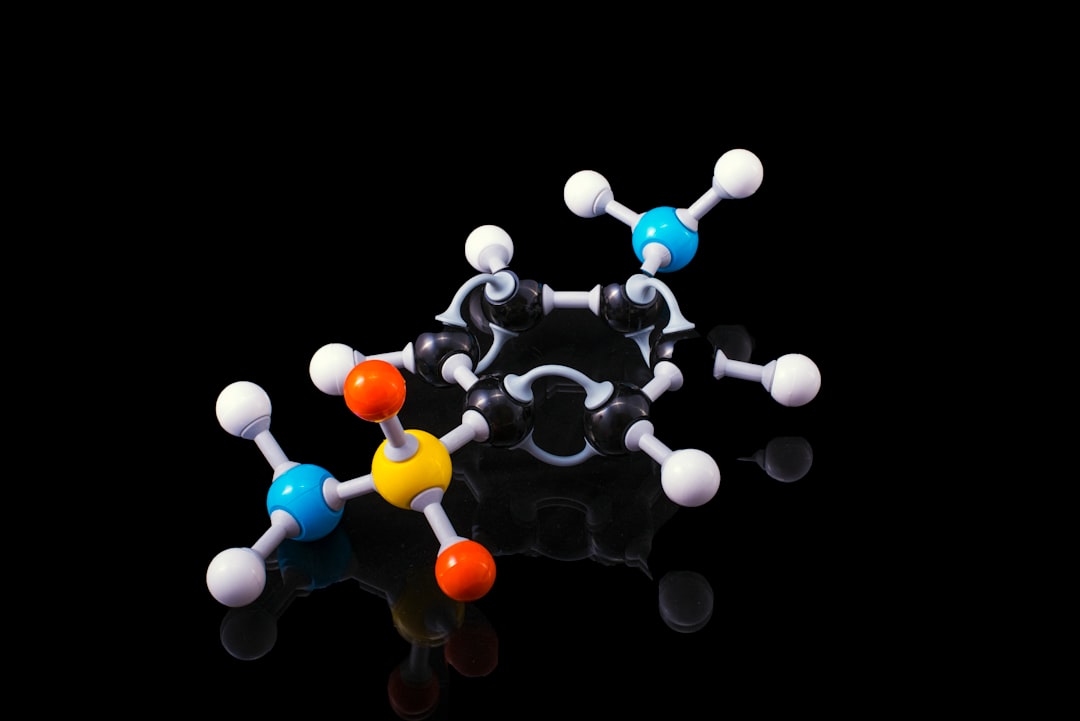What is it about?
We have offered some exciting results showing how different amphiphilic polymeric materials affect the way two incompatible simple fluids, like oil and water mixture, separate. We looked at how the length, amount, and stiffness of these polymer additive materials impact the size of the separated cluster and how they change over time.
Featured Image

Photo by Pawel Czerwinski on Unsplash
Why is it important?
In this work, we uncover that amphiphilic polymer topologies significantly impact the rate at which simple fluid domains evolve. We analyzed three different topologies of additives, namely block copolymer (BCP), ring block copolymer (RCP), and miktoarm star copolymer (MSP). Our findings demonstrate that RCPs delay the evolution kinetics (pinned clusters) more effectively than BCPs and MSPs. In general, keeping the concentration fixed, shorter chains effectively pinned the evolution of simple fluid clusters. The reason behind this is that shorter polymer chains are better at restricting fluid domain growth due to their precise coverage of the interface.
Perspectives
By presenting our research work, we aim to inspire and encourage further comprehensive and systematic investigations in this field. Our ultimate objective is to enhance our comprehension of the intricate dynamics of multicomponent fluid mixtures and their wide-ranging applications in various industries.
Awaneesh Singh
Indian Institute of Technology (BHU) Varanasi
Read the Original
This page is a summary of: Effect of amphiphilic polymers on phase separating binary mixtures: A DPD simulation study, The Journal of Chemical Physics, November 2023, American Institute of Physics,
DOI: 10.1063/5.0173817.
You can read the full text:
Contributors
The following have contributed to this page










